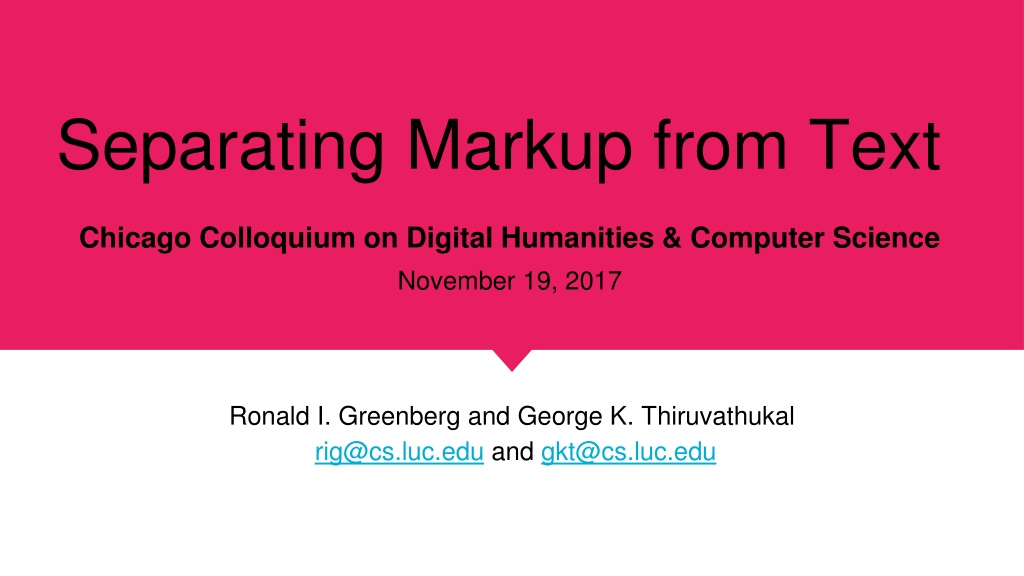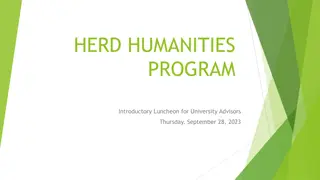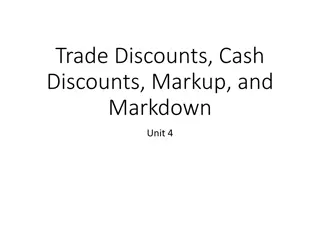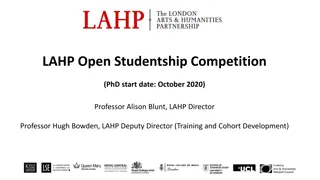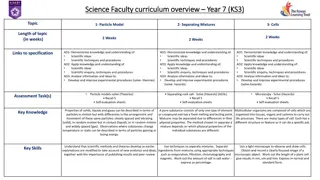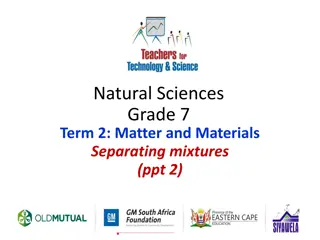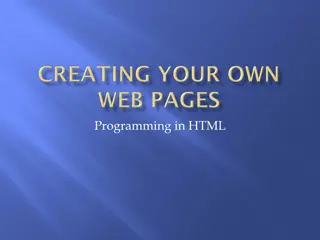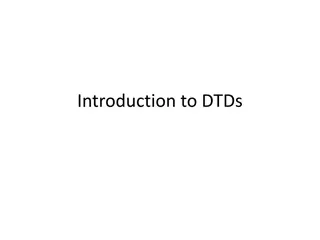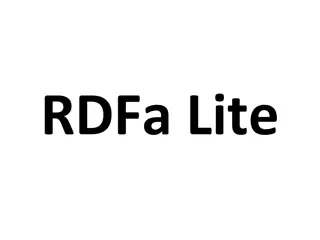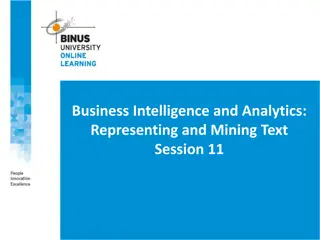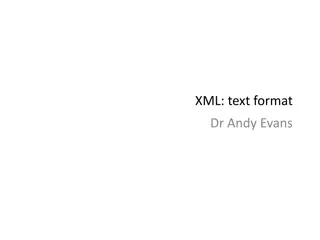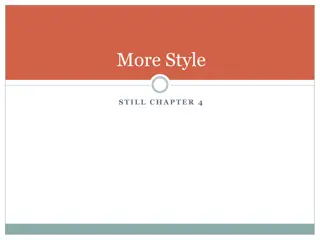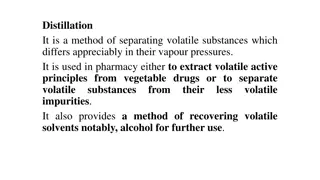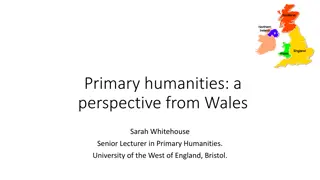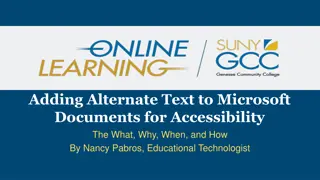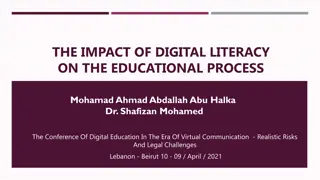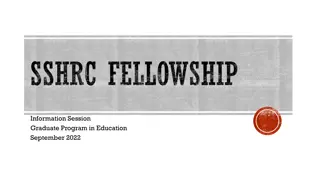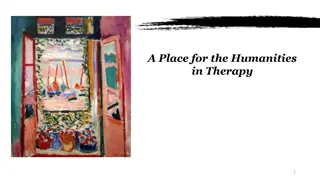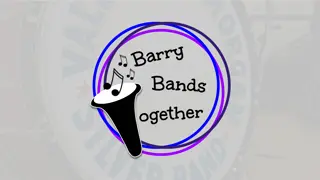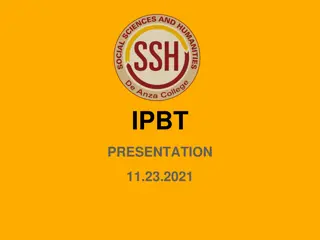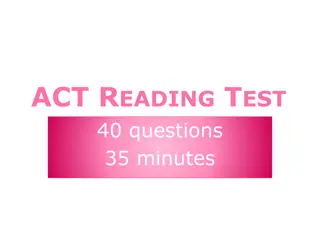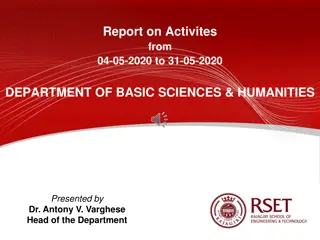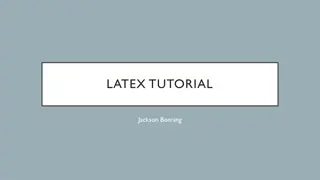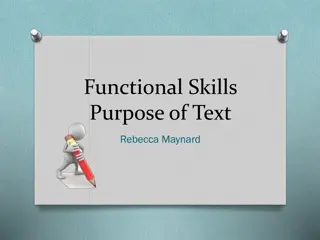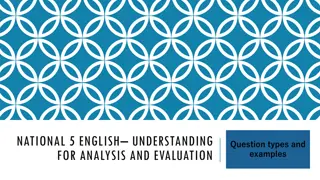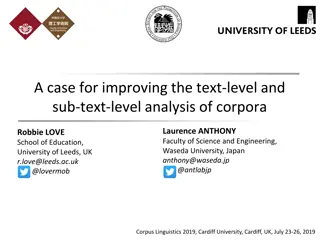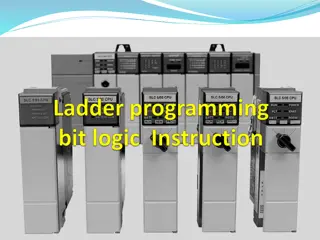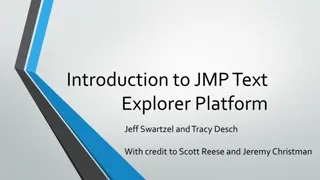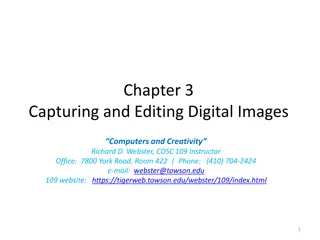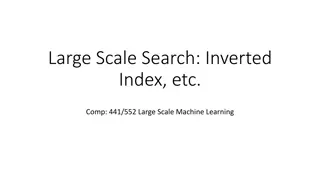Challenges and Solutions in Separating Markup from Text in Digital Humanities
Modern digital texts, including classical and historical content, come in various complex formats that require careful separation of markup from text. Existing tools face challenges in accurately distinguishing auxiliary content such as line numbers and editor introductions. This article discusses issues with standard Unix tools for removing HTML markup and suggests possible fixes to adopt strict conventions and store markup separately from text for better preservation of the original content.
Download Presentation

Please find below an Image/Link to download the presentation.
The content on the website is provided AS IS for your information and personal use only. It may not be sold, licensed, or shared on other websites without obtaining consent from the author. Download presentation by click this link. If you encounter any issues during the download, it is possible that the publisher has removed the file from their server.
E N D
Presentation Transcript
Separating Markup from Text Chicago Colloquium on Digital Humanities & Computer Science November 19, 2017 Ronald I. Greenberg and George K. Thiruvathukal rig@cs.luc.edu and gkt@cs.luc.edu
Digital Humanities Texts Modern digital texts, even with classical/historical content, often come in complicated formats (some more complicated than others) such as HTML, DOC, DOCX, PDF, and XML (DocBook, TEI) to indicate both display specifications such as Font (e.g., Arial, Times Roman, etc.) Typeface (e.g., bold, italic, etc.) Typesize Color and logical organizational elements such as Title Heading Abstract Stage instruction Often, classical texts are augmented with additional content, for example, line numbers.
Computerized Analyses of Original Text Markup can interfere. So just strip it out, right? Not so simple: Existing tools produce inconsistent results and especially will have trouble distinguishing auxiliary content such as line numbers or an editor s introduction.
Standard Unix Tools Removing HTML Markup: Some Issues nohtml Leaves content in place from <style> and <script> elements. Retains entities such as . Strips content looking akin to an HTML element even if tag name is illegal for HTML and even XML. html2text Inserts its own stuff to simulate display, e.g., a line of = s for <hr> , * for bullets, alt content for images, etc. Sometimes HTML files have syntax errors that browsers can handle in a passable way but that will confuse programs that strip markup. As previously noted, line numbers, editorial emendations, etc. cause difficulties.
Example http://www.folgerdigitaltexts.org/html/Ham.html Last bit, simplified with respect to non-printing characters in the files nohtml FTLN 4166 Becomes the field but here shows much amiss. FTLN 4167 Go, bid the soldiers shoot. They exit, marching, after the which, a peal of ordnance are shot off. html2text FTLN 4166 Becomes the field but here shows much amiss. FTLN 4167 Go, bid the soldiers shoot. They exit, [text from the Folio not found in the Second Quarto]marching, after the which, a peal of ordnance are shot off.[text from the Folio not found in the Second Quarto] ===============================================================================
Possible Fixes Adopt and enforce strict conventions for adding markup to text. Good luck! Store markup separately from text. Still need conventions but perhaps a better chance of retaining inviolate original text. Seems like an easier approach to provide various types of markup with the same base text. Need a mechanism to quickly combine markup with text for pretty display. Desirable to provide semi-automated tools for separating markup from text in the existing corpus of digital files with embedded markup.
A Prototype Format of each line of markup file is: |charnum|markup|type|eltnum where charnum is the number of the text character after which the markup appears markup is the markup type is one of: B: beginning (start) tag (e.g., div, p, a) E: end tag (e.g., /div, /p, /a) V: void (empty) tag (e.g., hr, br, img) M: markup element; i.e., content between start and end tags is all markup (e.g., head, script, noscript, style) eltnum is a count of which markup element we are processing
Why This Format? Very general format that can be used for HTML or any other sort of markup. Very easy to use this to merge the markup into the text. (<100 lines of C code.) Easy to pair beginning and end tags if desired and easier to work with than if we would try to store tags in pairs.
Prototype to Separate HTML (or XML) Markup from Text With some simplifying assumptions about HTML/XML file (e.g., proper nesting, and every < begins a tag ending at next > , less than 250 lines of C code). Newlines, spaces, punctuation treated as text, but could also treat as markup. Has been used for successful round trip from, e.g., Folger hamlet.html to hamlet.txt (text) and hamlet.txt2html (markup) and then back to hamlet.html. Other than treating entities and markup elements in a better way than the nohtml program, however, the .txt file looks similar, e.g., with line numbers and editorial comments included.
Better Separation of Markup from Existing Digital Files We envision a tool incorporating standard technologies used by web browsers to parse HTML/XML documents that can present the user with a browser display and easily-used options to flag various types of markup elements as belonging to the true base text or not, and then to perform the separation.
Markup Transformation We also envision this approach providing an environment in which it is easy to transform one type of markup to another, e.g., HTML to DOCX, etc., and to offer the user the choice of applying whichever type of markup is desired at a given time.
